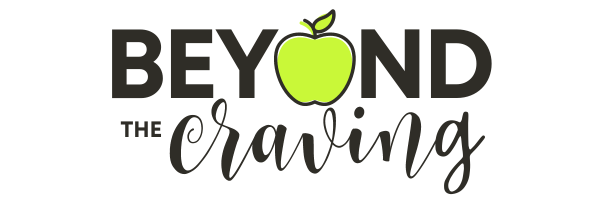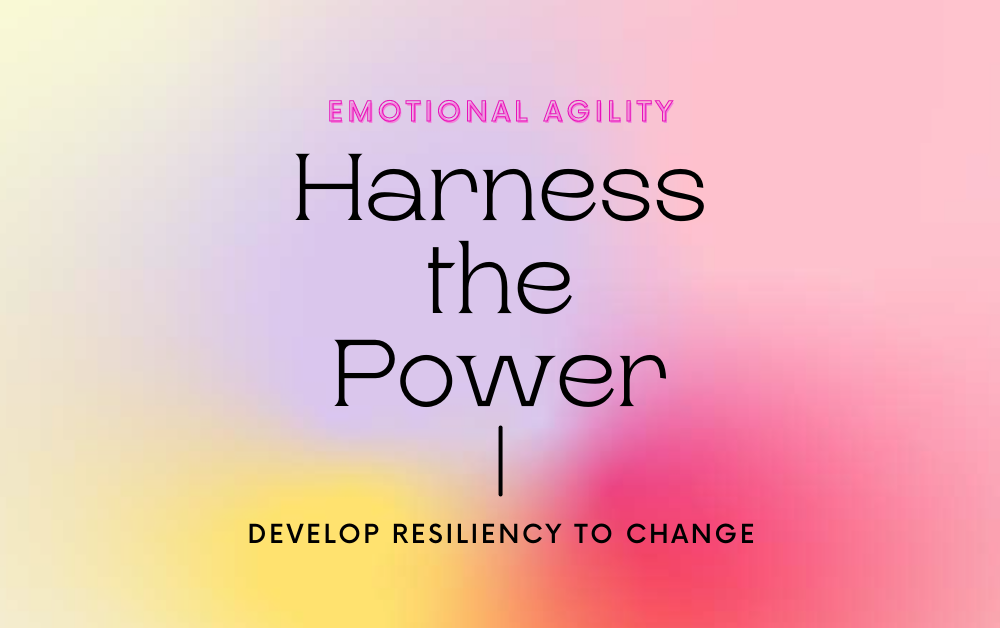“Then the LORD said to Cain, “Why are you angry, and why is your expression downcast? Is it not true that if you do what is right, you will be fine? But if you do not do what is right sin is crouching at the door. It desires to dominate you, but you must subdue it.”” (Genesis 4:6-7)
Emotions aren’t good or bad they are just indicators of what we are feeling, manifestations of how our biology interplays with our thoughts. But controlling our emotions and understanding them can be messy and difficult. And this is our challenge for the week—learning how to harness the power of emotional agility.
Much of the research centered around emotional agility is in the workplace, specifically in leadership. But for us, we will go beyond the academic interpretations and tap into a more personal life skill application.
I think it’s safe to say that our emotions are a result of the stories we tell ourselves. And these stories are based on evaluations and judgements of our thoughts and what is happening around us and to us. Because of this we sometimes operate out of false beliefs and mistruths.
Our goal in learning emotional agility is to become more resilient when changing a habit, managing anxiety, or overcoming an addiction by responding with intention instead of reacting out of emotion.
There are four practices—adapted from Steven C. Hayes, University of Nevada psychologist—designed to develop this critical life skill: recognize your patterns; label your thoughts and emotions; accept them; and then act on your values.
Our scripture verse this week teaches us to ask questions when it comes to our emotions in order to assess the actions that are soon to follow. Remember this is a process. So take time to study your patterns, thoughts, and values. Be kind to yourself and let courage and curiosity lead the way.
Be bold. Be brave. Be free.
Discover & Discuss
- What emotion tends to be the most uncomfortable for you? And what triggers it?
- Think of a prompt you can use to respond instead of react when this emotion presents itself.
- Develop targeted questions based on the four practices listed above.

